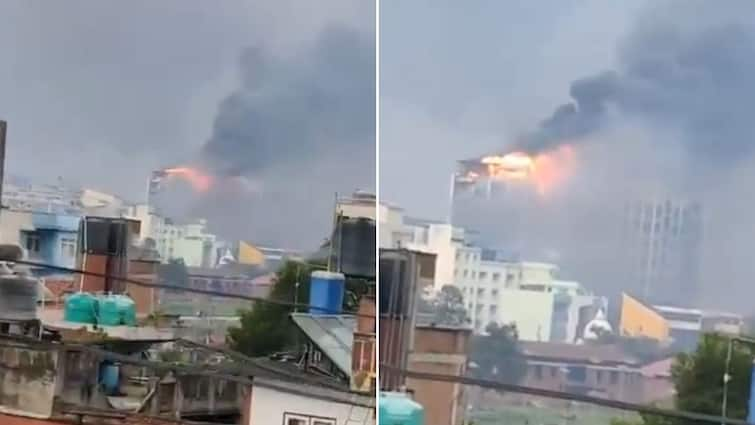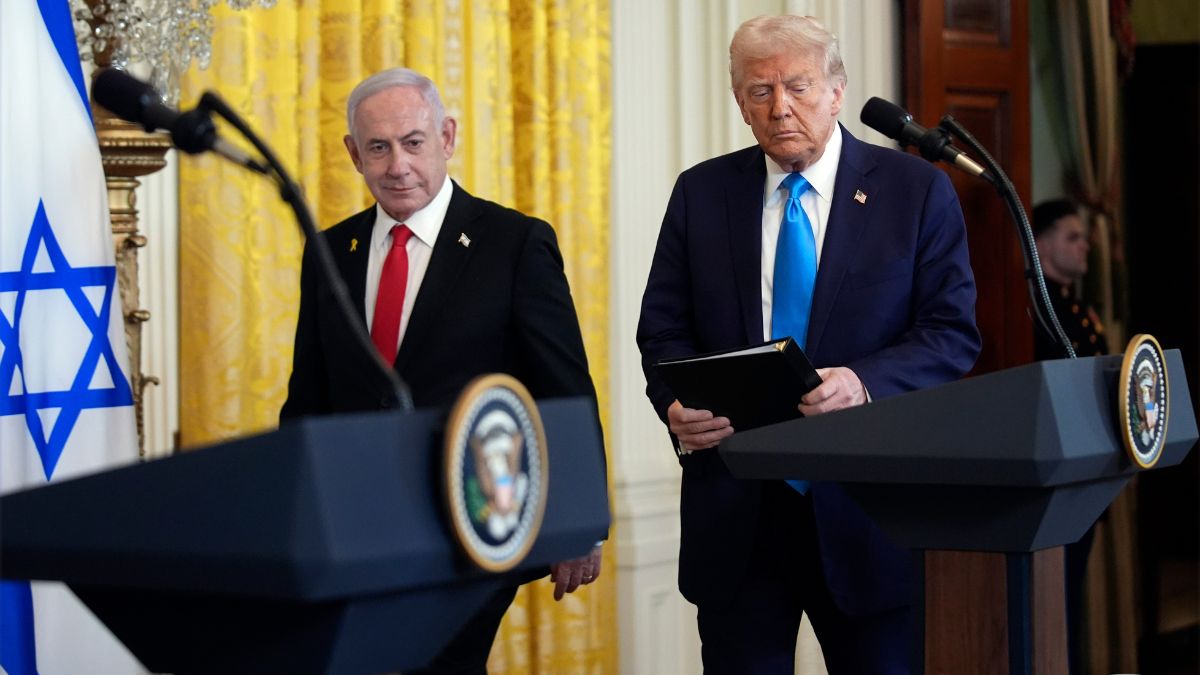Kathmandu [Nepal], September 9 (ANI): Protesters in Kathmandu set fire to a building that houses Nepal’s largest media group, Kantipur TV on Tuesday, as Gen Z-led anti-corruption demonstrations witnessed large-scale destruction on the second day.
Kantipur Media Group is Nepal’s leading media conglomerate, housing prominent outlets such as Kantipur Television, Radio Kantipur, and The Kathmandu Post. Headquartered in Kathmandu, specifically at Central Business Park, the organisation has been a trusted source of news and information for Nepali households since 1993.
According to Nepali media reports, protestors forced staff members out of the buildings before setting the offices ablaze. No injuries have been reported so far.
In addition to the attack on the offices, the websites of Kantipur and The Kathmandu Post were also reported to be down, disrupting access to online news for readers across the country.
A power cut has been experienced in most parts of Kathmandu.
Meanwhile, Prime Minister Oli tendered his resignation earlier in the day, a move confirmed by his secretariat. Local media reported that four ministers had already stepped down before Oli’s announcement.
Following his departure, Oli’s exit is expected to set off political negotiations as parties try to form a new government. The 73-year-old had said he would personally lead all-party talks to bring a “meaningful conclusion” to the unrest, but his resignation shows the deep political instability in the Himalayan nation.
This comes against the backdrop of Nepal’s Gen Z protest, a widespread movement led by young people, primarily students, to demand accountability and transparency from the government. The protests began on September 8, 2025, in Kathmandu and other major cities, including Pokhara, Butwal, and Birgunj, after the government imposed a ban on major social media platforms, citing tax revenue and cybersecurity concerns.
Building on this anger, protesters are demanding an end to institutionalised corruption and favouritism in governance. They want the government to be more accountable and transparent in its decision-making processes. The protesters are also demanding the revocation of the ban on social media platforms, which they see as an attempt to suppress free speech.
As tensions mounted, the situation quickly escalated on the ground. At least 19 people were killed and 500 were injured in clashes with security forces. A curfew was imposed in several cities, including Kathmandu, to control the situation.
At the heart of the unrest was the government’s decision to impose a ban on 26 major social media platforms, including Facebook, Instagram, WhatsApp, and YouTube, citing concerns over misinformation and the need for regulatory compliance. Citizens saw this as an attack on free speech and a way to suppress dissent.
Public frustration deepened further when the “Nepo Babies” trend on social media exposed the lavish lifestyles of politicians’ children, highlighting the economic disparity between them and ordinary citizens. This fueled public frustration over corruption, nepotism, and economic inequality.
Amid these grievances, Nepal’s ongoing jobs crisis, with nearly 5,000 young people leaving the country every day for work abroad, added to the unrest. (ANI)
(Disclaimer: This report has been published as part of the auto-generated syndicate wire feed. Apart from the headline, no editing has been done in the copy by ABP Live.)


)
